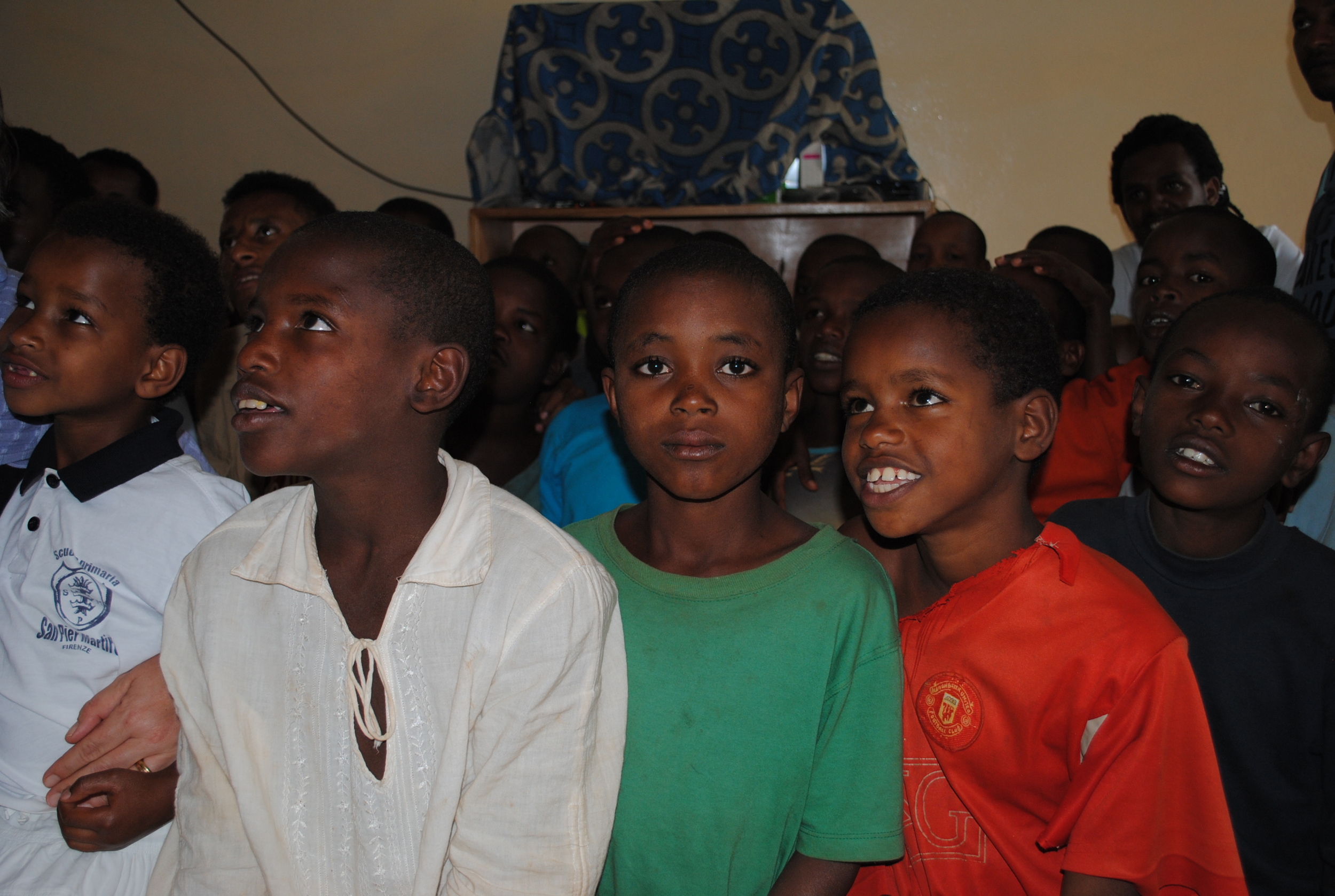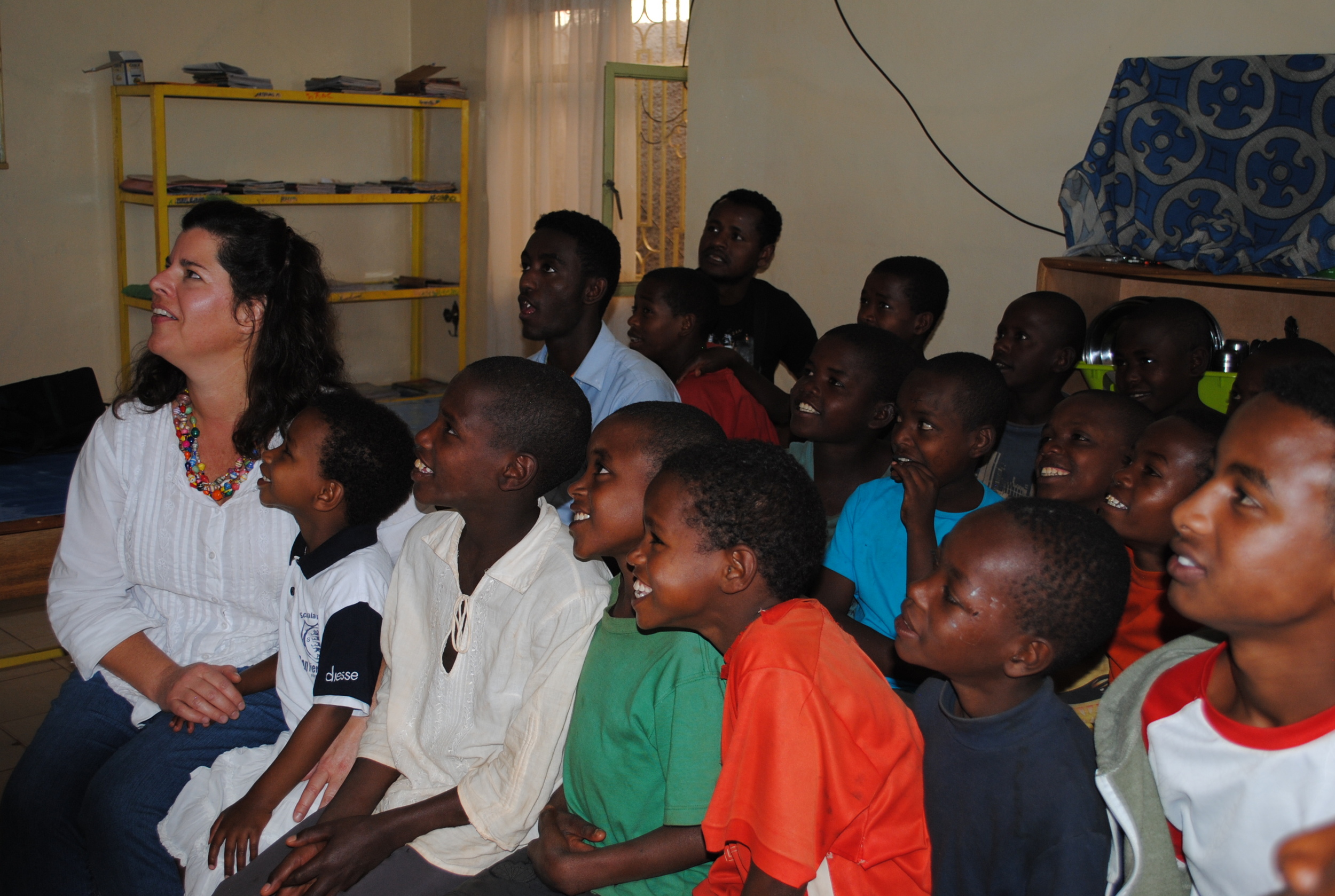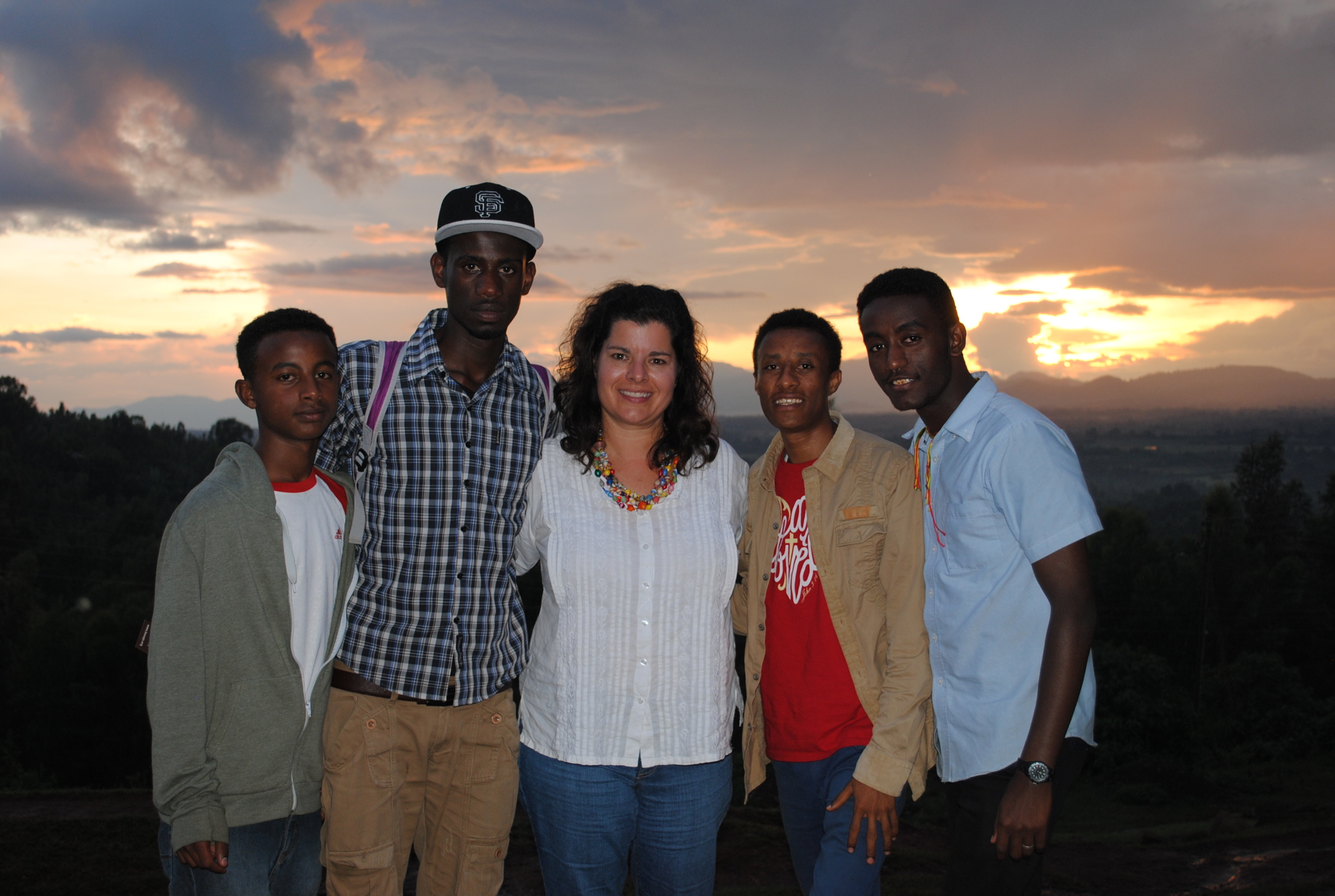Tuesday, October 7, 2014It was a very early morning departure for our family road trip and vacation to Wolayta and then to Hawassa. It was still dark when we set out and the roads were almost clear of cars, people and animals. None of the boys or Mulu had been to Wolayta and one of our boys commented that he didn’t realize Ethiopia was this big. We all noticed and took in the incredible beauty of the nature around us. The hills, the different colours of soil along our route, the lush false banana plant and hundreds and hundreds of acacia trees were just some of the features of this beautiful country we marveled at as we drove. The closer we got to Wolayta, the greener and lusher the vegetation was. There were so many scenes that really took my breath away. Gecho, the boys and Mulu heard so many times “isn’t that beautiful?. For Gecho and the rest of our group, this was a reprieve, a respite from the intense traffic, pollution and population of Addis. Along the way, we passed by many smaller towns and villages and saw the living conditions of the people. Many, many children were out working, gathering water and carrying it home when it would have been time for them to go to school. We also saw a group of people carrying a person totally covered with a blanket on a stretcher made of wood. Gecho explained to me that this group of people were carrying a sick person to probably a traditional doctor (meaning they have not been trained in medicine but practice the traditional ways of their ancestors to try and make people well). There was a number of people in the group who would take turns carrying their friend/family member. Gecho told me that the government in Ethiopia has invested in a lot of ambulances more recently which is a change from the last time we were here in 2013. I remember not seeing one ambulance while we were here the first time in 2010 and then again in 2013. On this trip, I have seen ambulances probably 8 times. A bajaj is a small local taxis that is basically a covered three wheeler. In the remote areas of Ethiopia, the ambulances are bajajs. When you travel in to the more rural areas of Wolayta, you quickly realize that if you were sick, it would be hours before you would reach medical care in a car and by foot, being carried by friends and family, it could take a day or more. The vast majority (my guess would be that over 90% of the population) of people in Ethiopia do not have vehicles and rely on donkeys to pull their goods for sale, wood, water, and other essentials of life. The donkeys and horses also pull people in carts. Many, many people walk for hours to get to their destination and sometimes you see people walking in bare feet (especially the children). In our country, we take water for granted. We have clean water to drink, clean water to shower and bathe in and clean water to clean our cloths. In most areas of Ethiopia, there is no infrastructure for running water and people wash their cloths in water that has gathered in low lying land or in the rivers. People often have to walk long distances to get unclean water to cook with and drink. There is no tap to turn on to get a drink of water, there is no shower to get cleaned and cool off or warm up in most areas of this country. For many areas of our world, clean water is not available and millions of people get sick every year. One of the goals of my trip is to investigate other potential partners here in Ethiopia. Our board of directors are very interested in the area of Wolayta because it is underserved. We arrived in to Soddo (the largest city in Wolayta) in the afternoon and met with the two directors of the organization called Busajo. This organization has developed a stepped program for boys living on the streets in Soddo with the ultimate goal of family reunification whenever possible. One of their staff used to live on the streets himself as a child until early adulthood and understands completely the many family situations that force children to live on the streets. He also understands the realities of what it is like to survive on the streets. We spent many hours with the two staff and talking with the children in their program. The teacher for their program has a psychology degree and once was a boy in the Busajo program. The dedication of these two directors and their compassion and passion for children living on the streets was clearly evident to all of us. Our boys were welcomed to ask questions of the directors and of the children in the program and we later talked about their thoughts. Our boys were very impressed with the program and so was I. Thank you Busajo and Marcella for your dedication, commitment and your personal sacrifices to show love and compassion to children who have felt cast aside, forgotten and disliked by the people of their country.





